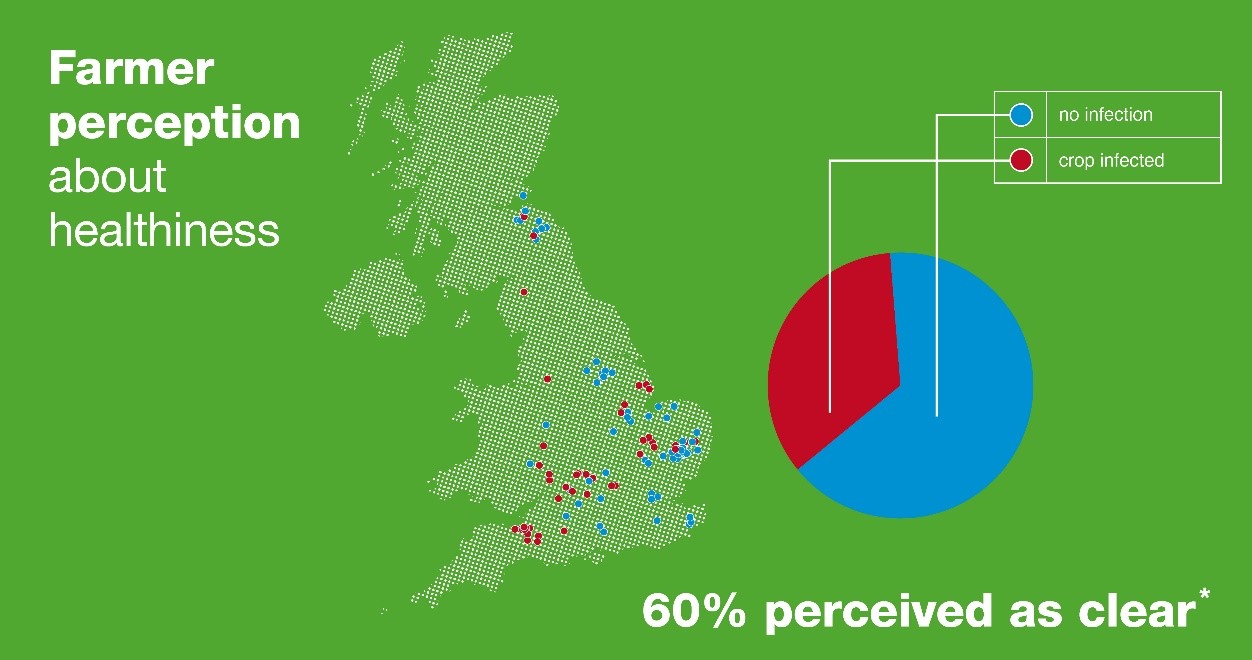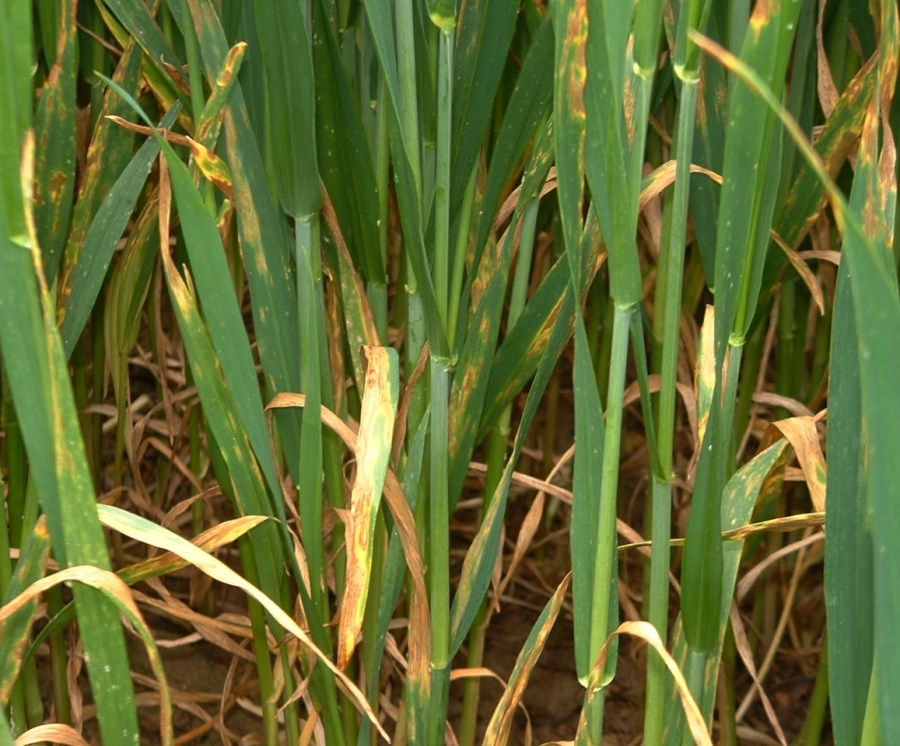
Last season in the run up to T2, 132 wheat crops were sampled for latent, presymptomatic (non-visible) septoria infection. The DNA of leaves 1-4 were analysed using qPCR to reveal indications of disease. CPM takes a look at the results below.
The aim of the ‘Cura Crop’ research, as it is called, was to bust the myth that no visible infection means no disease, even in a lower disease year.
[table id=7 /]
“Latent disease levels could be clearly detected by DNA analysis. At the T2 timing, the vast majority (75-90%) of lower leaves (L3 & L4) were infected,” explains BASF’s Ben Freer.
“What’s more, 50-65% of upper leaves (L1 & L2) were also infected. Instances of disease were far higher than the farmers’ original perception. 60% of the farmers thought their crops were free of disease but the DNA analysis shows disease levels are far higher.”
He added that latent disease levels could be clearly detected by DNA analysis. At the T2 timing, the vast majority (75-90%) of lower leaves (L3 & L4) were infected.
“What’s more, 50-65% of upper leaves (L1 & L2) were also infected.”
The results from the 2017 analysis have shown that regardless of whether the crop shows visible signs of disease or not, curative spray applications are still beneficial.
“Every crop is at risk from septoria and rust, even in an apparently low disease year; this has to be taken into account when making effective fungicide decisions,” Ben adds.
One of BASF’s Real Results growers from Cambridgeshire, farm manager Ian Lutey, said that he learnt a lot about latent septoria last year; “I thought that I had a clean crop and that we were in a protectant situation, but when I looked at the Real Results results, I realised that we must have been in a curative situation, because I think that’s why the Adexar worked so well.”
Ben said that following the frequent recent rain showers, inoculum levels are high, with 5% septoria already seen on flag leaves at BASF trial sites in Suffolk on KWS Siskin, LG Rhythm and LG Motown; adding that he’d strongly recommend applying Xemium-based SDHIs at T2.
“Librax and Adexar contain the most curative of SDHIs, which is why on the Real Results farms where Cura Crop tests identified high levels of latent septoria that the combination of two SDHIs at T1 and T2 had the most positive impact on disease control and yield; added to this in both yellow and brown rust situations, this fungicide combination provides the best catch all.”



For more information on septoria’s latent phase take a look at the ‘Real Results Pioneers – A pathogen of stealth’ feature here; https://www.cpm-magazine.co.uk/2018/05/03/real-results-pioneers-pathogen-stealth/ .




